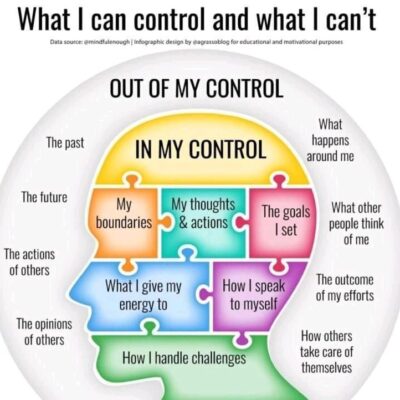Introduction
In the world of organisations, communication is the lifeblood of understanding. It is the means by which members convey information, teams express their queries, and the collaborative process finds its rhythm. However, modern organisational landscapes are evolving, incorporating a myriad of communication modalities, from traditional face-to-face interactions to digital interfaces. This shift towards multimodal communication offers new opportunities, but it is not without its challenges.
The Versatility of Multimodal Communication
The beauty of multimodal communication lies in its versatility. It encompasses various forms of expression, including verbal, visual, and even gestural. This diversity enriches the collaborative experience, catering to different communication styles and preferences. Team members can employ a combination of methods to engage effectively, such as verbal explanations, visual aids, and interactive activities.
Yet, beneath the surface of this communicative plethora lies the lurking menace of miscommunication. Multimodal communication, while broadening the spectrum of expression, also intensifies the potential for misunderstandings. This is because each modality carries its own unique set of cues, and these can be easily misinterpreted.
Navigating Miscommunication Challenges
Consider a team member’s response to a question. In a traditional office setting, verbal cues alone may suffice to gauge their comprehension. However, in a digital work environment, the lack of visual and physical cues can lead to misinterpretation. Is the team member hesitating due to uncertainty or struggling with a poor internet connection? The organisation must decipher these subtleties to respond effectively.
Furthermore, cultural differences can exacerbate miscommunication. The interpretation of non-verbal cues, such as gestures and body language, can vary significantly across cultures. What might be seen as a sign of agreement in one culture could be perceived as disagreement in another. Organisations operating in multicultural environments must navigate these potential pitfalls with sensitivity and awareness.
The Imperative of Guidance
To address these challenges and harness the potential of multimodal communication, guidance is imperative.
The first step is to acknowledge the complexities of multimodal communication and the potential for miscommunication. Team members must be trained to be discerning in their interpretation of the various cues presented to them. This requires a keen awareness of cultural differences, context, and the potential for ambiguity in digital communication.
The next step is to communicate the benefits and expectations of effective multimodal communication to both team members and leaders. Explain why embracing this approach is necessary for enriching the collaborative experience. Clearly define the goals and outcomes, emphasising the enhancement of both productivity and teamwork. Ensure that no vague or unrealistic promises are made; honesty in communication is paramount.
Furthermore, organisations should create an environment where questions and objections are not only welcome but encouraged. Addressing concerns head-on can prevent miscommunication from festering into misunderstandings.
Navigating Technology
In this endeavor, technology can be both a friend and a foe. While it facilitates multimodal communication, it can also be a source of miscommunication. Organisations should ensure that team members are proficient in the use of the digital tools they employ. They must also establish clear guidelines for communication within the digital work environment, reducing the potential for misinterpretation.
Regular feedback mechanisms can subsequently help identify and rectify miscommunication. Team members should feel comfortable expressing their concerns and misunderstandings. This feedback loop allows organisations to adapt and improve their communicative strategies continually.
Conclusion
The advent of multimodal communication has expanded the horizons of organisations, offering a plethora of tools to engage and collaborate. However, with this expansion comes the challenge of miscommunication. By providing guidance and setting clear expectations, organisations can navigate this terrain effectively, ensuring that the benefits of multimodal communication are harnessed, and the perils of miscommunication are mitigated. It is an organisational journey worth undertaking for the enrichment of the collaborative experience.
#MultimodalCommunication #OrganizationalCommunication #EffectiveCollaboration #CulturalSensitivity #DigitalWorkplace #MiscommunicationPrevention #CommunicationSkills #GuidanceMatters #DigitalTools #EnhancedProductivity




